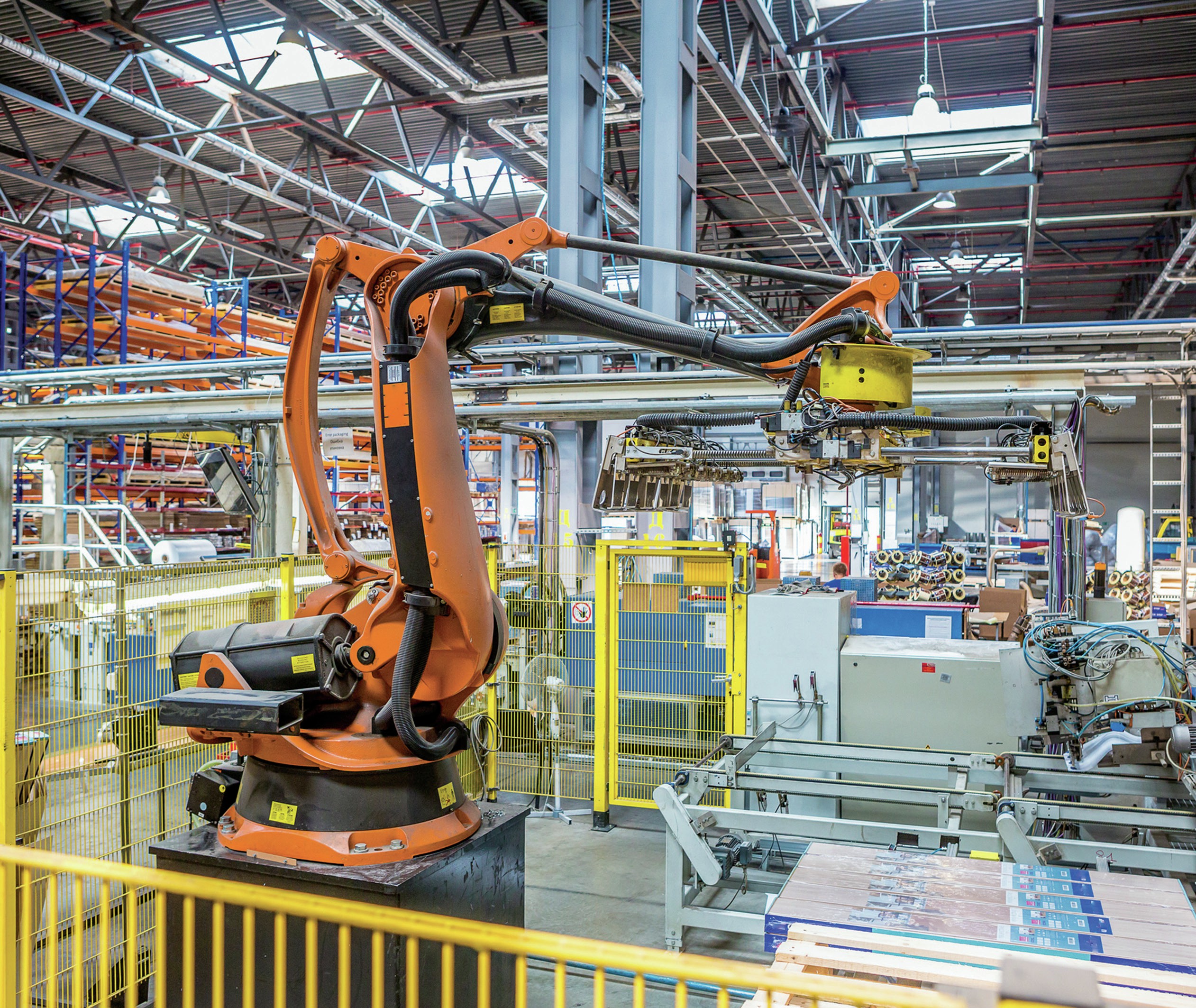
In recent years the amazing developments in digital technology have brought drastic change to markets such as taxis, retailing and takeaway food delivery. These changes are all to do with software. In factories worldwide, another phenomenon has been taking place: a sharp rise in the usage of industrial robots Figure 1 shows that between 2005 and 2012 sales rose by 32%, but between 2012 and 2017 the rise was 118%. Robots are getting cheaper, more flexible and more able to learn from their mistakes.
Regional data on robot sales give a clear message about economic change in the world. Figure 2 shows the dramatic rise of China, balanced a little by the relative decline of Japan. In 2005 China bought 3% of the world’s robots. By 2016 this figure had risen to 30%. Going in the other direction was the UK, with 1.1% of world robot purchasing in 2005, falling to 0.6% in 2016. A 2017 study by the Royal Society of Arts (RSA) showed that the UK has 33 robots per 10,000 employees, compared with 93 in America and 213 in Japan.
Your organisation does not have access to this article.
Sign up today to give your students the edge they need to achieve their best grades with subject expertise
Subscribe




